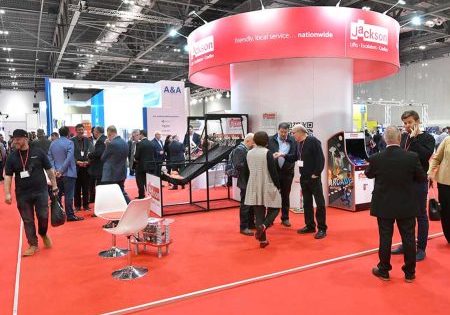Elevator World Is Born: 1953
Jan 6, 2023
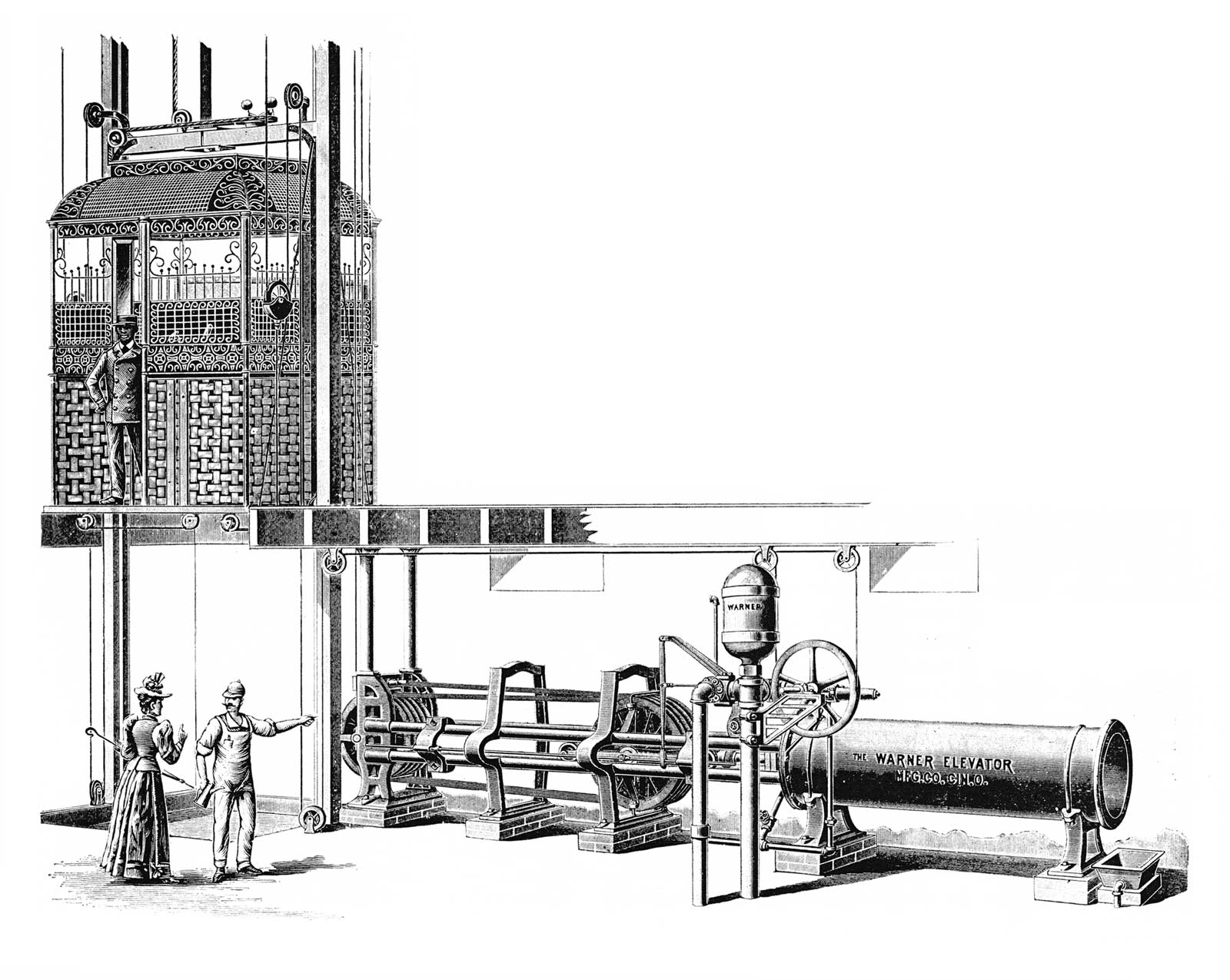
A look at ELEVATOR WORLD’s inaugural year
In celebration of ELEVATOR WORLD’s 70th year of publication, throughout 2023, the monthly vertical transportation (VT) history articles will include a dedicated series, appearing approximately every other month, which will trace the magazine’s history. The series begins in 1953: the year William C. Sturgeon launched his pioneering publication, with subsequent articles covering the story as it unfolded in 10-year intervals (1963, 1973, etc.).[1] The approach employed in this — and in following articles — is similar to that utilized by historians who have the unique pleasure of opening a time capsule, where the past is revealed by the artifacts that were carefully placed in the container to represent a bygone era. Of course, while there is no doubt that the first 12 issues were assembled with care, it is doubtful that their contents were curated as a coherent collection of historical memorabilia. Nonetheless, it is impossible to read these early magazines and not feel the presence of a specific past.
The 1950s opened with a subtle shift in the American VT landscape with the establishment of the National Association of Elevator Contractors (NAEC) in 1950. Sturgeon and the Mobile Elevator & Equipment Company were charter members of the organization:
“It was late in 1951 that Sturgeon broached the need for a neutral trade publication that would, among other things, publicize the activities of the association to those not yet members … During the meeting in St. Louis (in 1952), a half-dozen suppliers and a like number of contractors pledged enough advertising to have at least several issues printed … With publication of ELEVATOR WORLD … the activities of the association were reported and documented with photographs.”[2]
However, while it continued to serve as a means of publicizing the NAEC, it quickly expanded its coverage to embrace all aspects of the VT industry. The editorial organization of the inaugural issues gradually established a structure that, with some variation, is still followed today: an opening editorial, letters-to-the-editor, feature articles, regularly appearing columns and short news items.
The editorial in the January issue, appropriately titled “ELEVATOR WORLD is Born,” described the publication’s intended audience: manufacturers, suppliers, contractors, mechanics, technicians, elevator and building inspectors, architects, engineers, building managers and plant superintendents. The next four issues did not feature an editorial; however, the June issue marked the appearance of the first of Sturgeon’s signature editorials, all of which were titled “Speaking of Issues” (Figure 1).[3] The seven 1953 editorials that appeared under this title included comments on the magazine’s contents and musings on the challenges of writing and publishing. In August, Sturgeon noted that one of the new publication’s advantages was that it was “thin.” He claimed that: “We do believe that people like the idea of picking up something that can be read in a few minutes … something that can be confronted as casually as the next cigarette.” The reference to smoking, which was ubiquitous in this period, serves as a type of historical marker. And, while Sturgeon may have underestimated the time required to fully engage a typical issue’s contents, it should be noted that, exclusive of the front and back covers, each magazine was only 16 pages long.
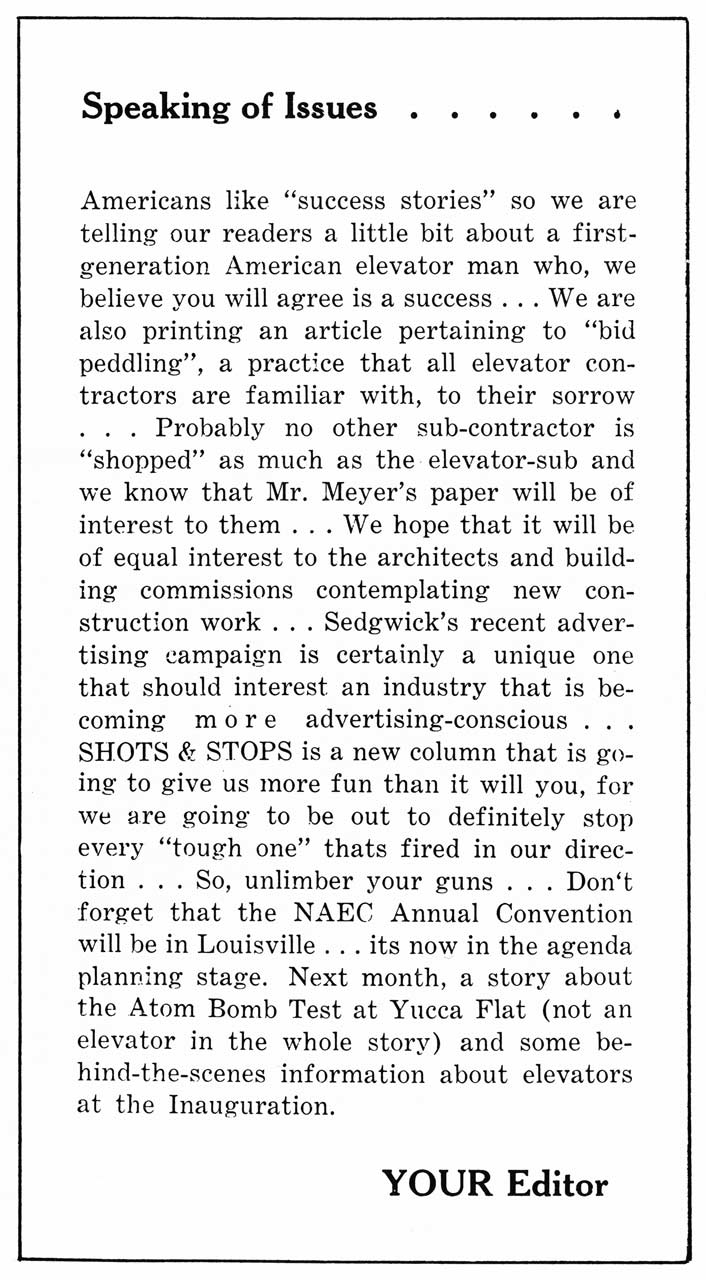
The majority of the letters-to-the-editor received throughout the year expressed congratulations on the magazine’s launch, or included inquiries on how to obtain subscriptions or were requests for copies of back issues and/or popular articles. Several letters foreshadowed the magazine’s future international scope. In May, Leonid A. Krassovsky wrote Sturgeon to ask if he would: “Please send copies of ELEVATOR WORLD to each of our foreign representatives by Air Mail. They will be interested in keeping up with the activities of the elevator industry in the United States.”
In 1950, following a career with the Montgomery Elevator Company, Krassovsky founded the Elevator Equipment Export Co., Inc., located in NYC. That same year he visited Cuba, Puerto Rico, Venezuela, Colombia, Panama and several other Central American countries. During the trip he promoted the export of products manufactured by Montgomery, as well as Peelle Motor Stairs. His efforts resulted in several letters-to-the-editor from Central and South American elevator manufacturers, including one published in the July issue from Federico Kaiser (Ascensores Montgomery, Santiago, Chile): “Please find our subscription check as we wish to receive your magazine regularly … We are keeping very busy down here and very shortly I shall send you some lines about work in this country. Although Chile is a small country there are quite a few important jobs and the quality of the work is generally first class.” 1953 also saw the first European subscription inquiry from R. Stahl in Stuttgart.
During 1953, EW published more than 30 feature articles that touched on a wide variety of topics and themes. The year opened and closed with accounts of the third and fourth NAEC annual meetings (held in September 1952 and 1953).[4] Four articles reflected ongoing efforts that eventually led to the 1955 edition of the A17.1 Code.[5] While the feature articles included original works produced by Sturgeon (and others), they also included reprints. The latter included articles on freight elevators, home lifts, wire rope slings and escalators.[6]
A subject — and author — that spanned both categories was Charles W. Lerch, a pioneer in the field of elevator consulting. Lerch contributed two previously published articles: “Help Yourself to Operatorless Elevators,” and “Making Your Elevators Produce.” While the dates of their original publication are unknown, the second was the oldest and was described by Sturgeon as a “well worn article … written … several years ago.” The pair of articles reflected the complex VT landscape of the early 1950s, which recognized the need to understand the new, modern, operatorless elevator — a type that had comparatively few installations in 1953 — and the need to get the most out of older systems that relied on operators and starters. Articles about Lerch’s activities were also featured: These addressed an elevator warning-light system patented by Lerch, and the production of a brochure on automatic parking garages by his company.[7]
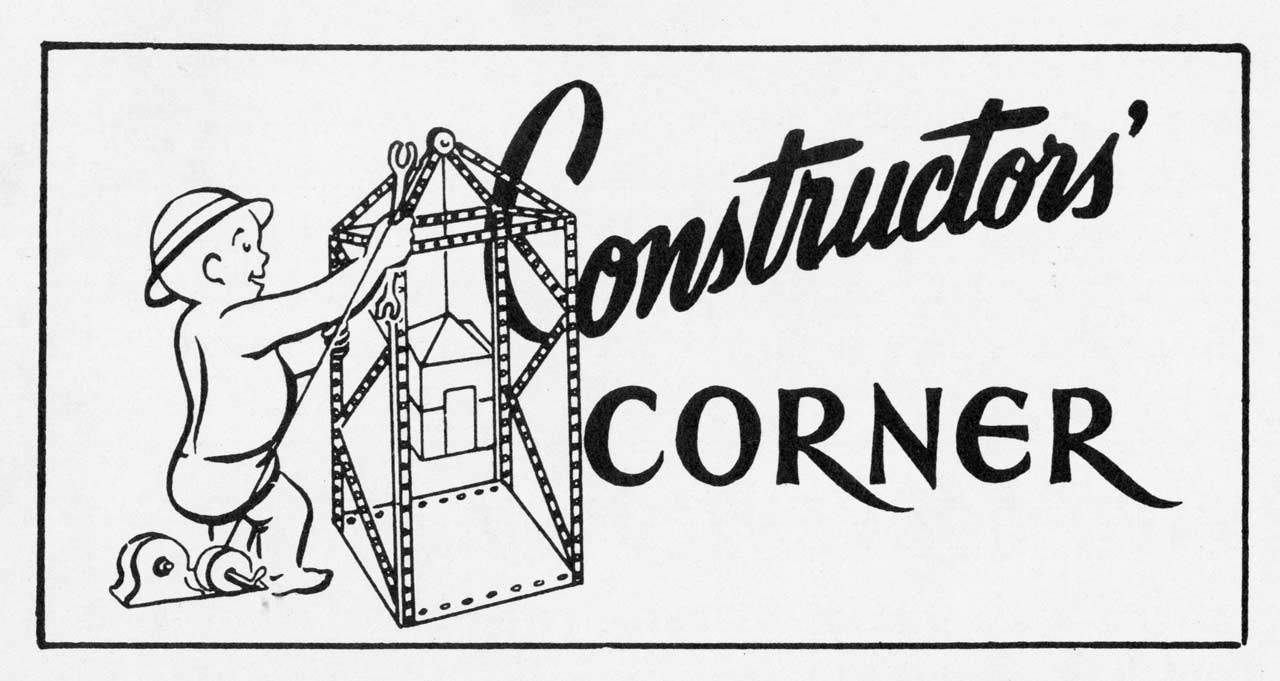
Sturgeon’s love of history, an enthusiasm that readers would consistently encounter in future issues, also made its first appearance in 1953. In December, he published an illustrated account of a horizontal roped hydraulic elevator installed in the early 20th century:
“$2,025 bought a lot of elevator in the old days. In 1909 the Mobile Elevator Company sold an Improved Compound Lift Hydraulic Passenger Elevator to the Mobile Board of Public Works for this sum, and the contract also included the removal of a stairway, the construction of a shaftway and pit, along with the installation of the two sets of hatchway doors with locks and rollers. The equipment was manufactured by the Warner Elevator Manufacturing Company of Cincinnati.”[8]
The heart of the article consisted of lengthy quotations from a contemporary Warner catalog, which described the car and hydraulic engine (Figure 2). Sturgeon concluded his article by observing that:
“There aren’t many things more practical than an elevator, and there usually isn’t very much romance connected with anything practical; however, who can read this description (from the Warner catalog) combining thoughts of ‘immense castings’ with ‘graceful movements’ without feeling a bit of a thrill?”[8]
Sturgeon’s appreciation of the poetry of the past was balanced by a keen appreciation of the prose of the present. The latter was expressed in three regularly appearing columns: “Constructors’ Corner,” “For Better Lifting” and “Shots & Stops,” with the masthead of each column featuring a distinctive drawing (Figures 3 -5). “Constructors’ Corner,” usually authored by Glenn F. Curry (K.M. White Company), typically focused on one or two subjects per column. The column explored topics such as brake shoes, wire rope, machine rooms, bearings and the vacuum tube system of automatic leveling. “For Better Lifting” featured brief news items submitted by companies, often highlighting new products or services. Lastly, “Shots & Stops,” introduced in June, grew directly out of the industry’s response to the magazine. As described by Sturgeon:
“We have begun to receive a considerable number of letters in the past month asking questions relating to elevator codes, maintenance, construction methods, etc. Those we could answer, for sure, we did. Some of the others we referred on to qualified experts in the particular field effected … It seemed to us that all of our readers would like to see the answers, and the questions, so we are setting up a column dedicated to this exchange … Paul John Kern of the Chenoweth-Kern Elevator Company in Des Moines will become an Associate Editor and is acting as chairman of a committee of elevator field men, who will receive those problems of our readers which pertain to maintenance, repair, and construction. Also available will be a panel of city, state, federal and insurance company elevator inspectors who will take such questions as relate to codes, insurance, and inspection. A third panel will be comprised of engineer representatives of the elevator manufacturer group, who will be capable of answering those queries pertaining to manufacturing and engineering.”[9]
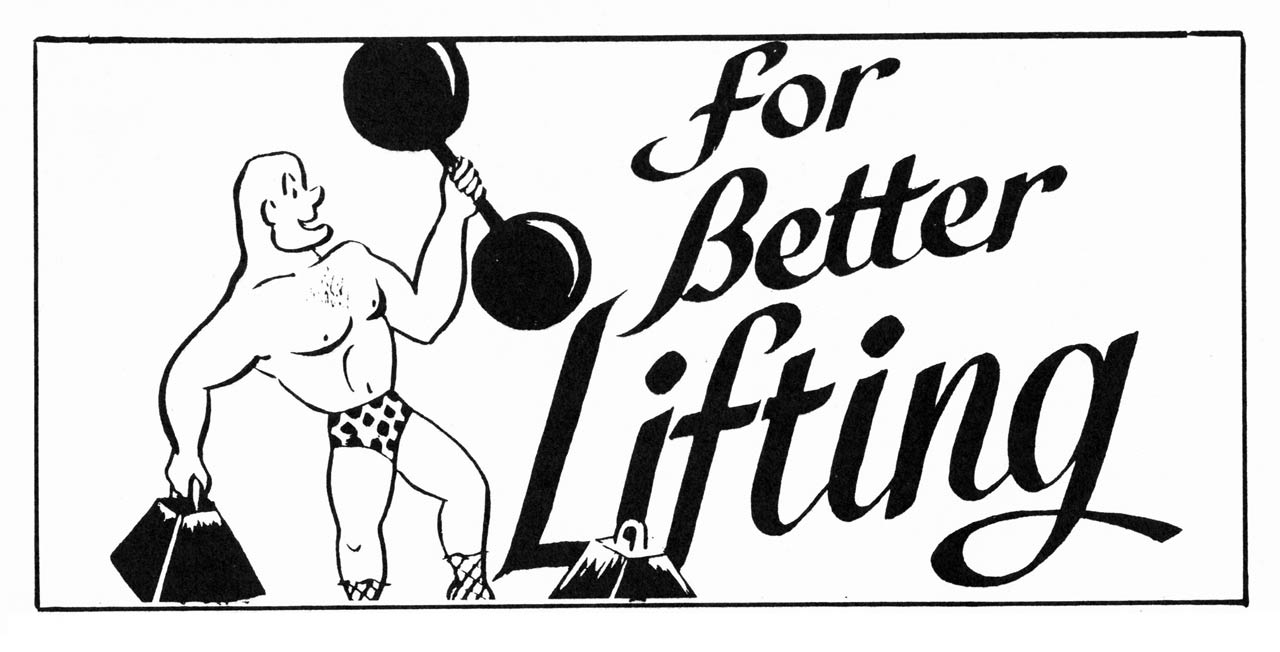
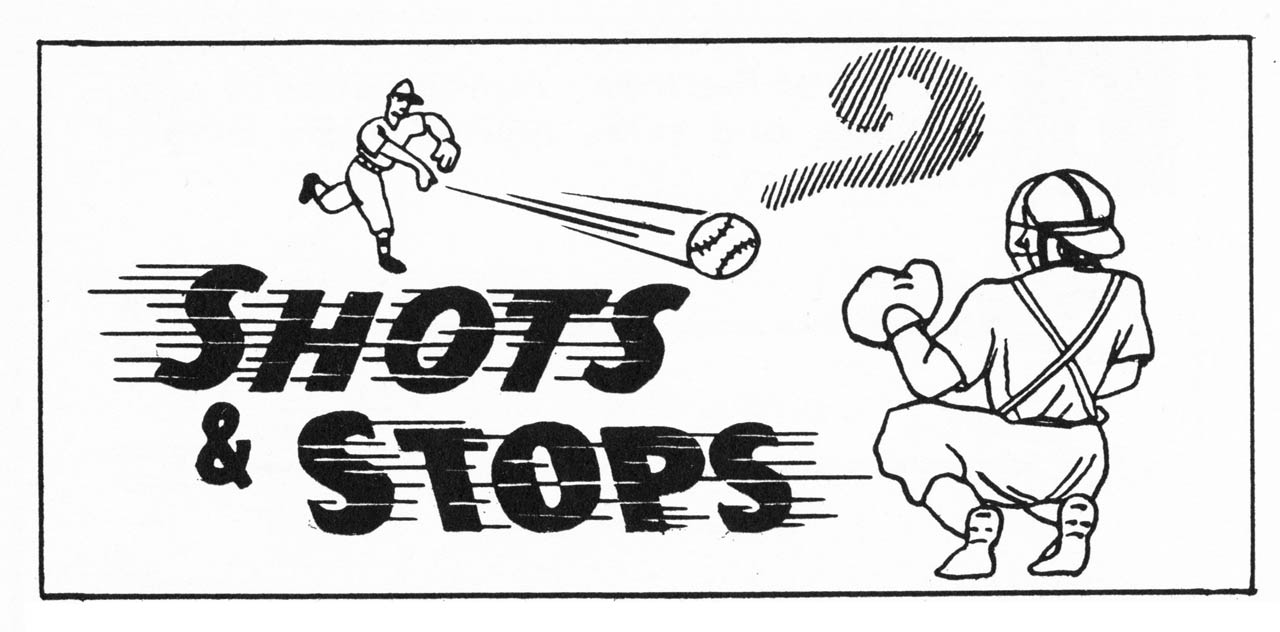
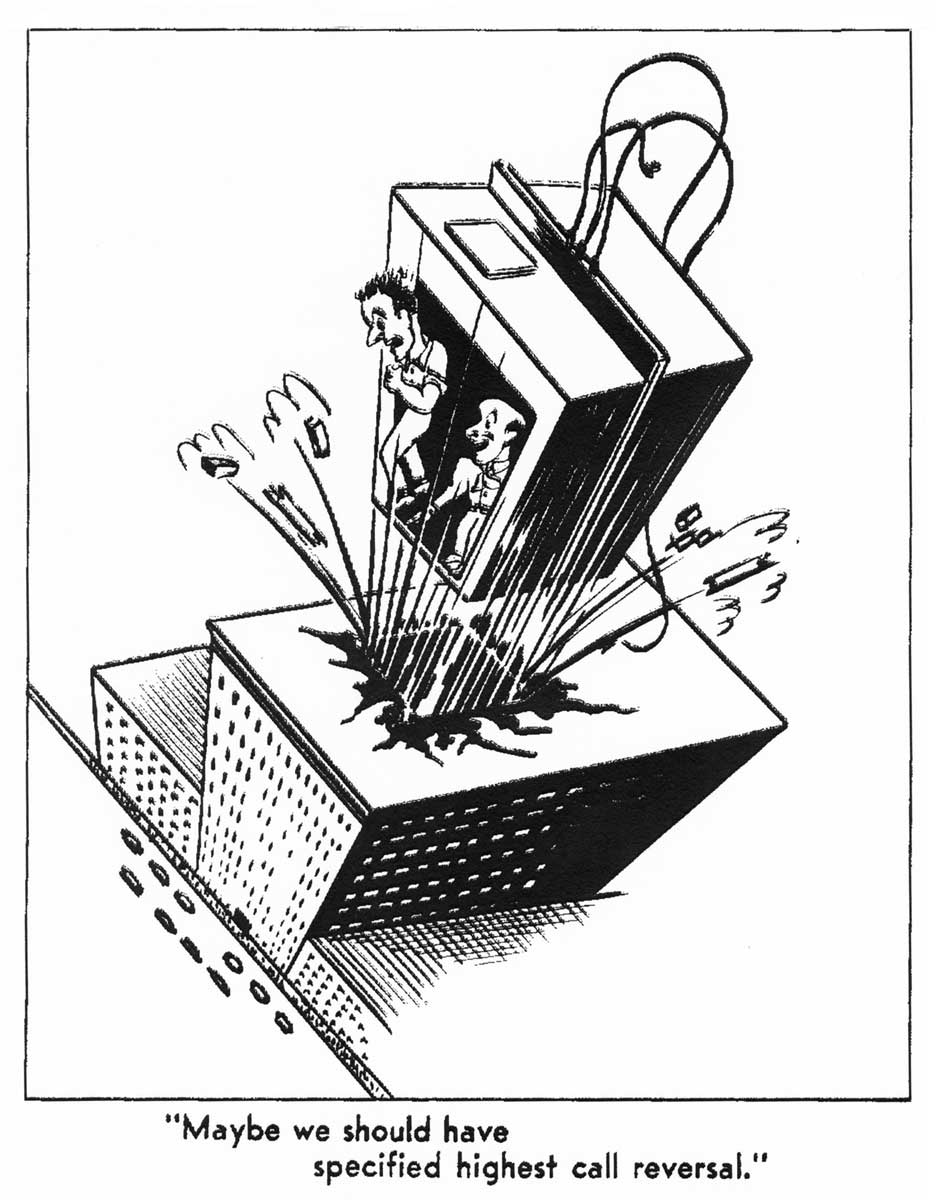
Thus, the column served a broad audience of questioners and engaged an equally broad group of VT professionals who provided answers. A final regular feature, while not a column, offered its own unique insights. In July, Sturgeon announced: “We now have a staff cartoonist … Charlie Gay … He draws pretty well but sure doesn’t know much about elevators.”[10] This lack of knowledge did not, however, prevent Gay from demonstrating the ability to translate elevator technology into a humorous vignette, as was seen in his first cartoon (Figure 6).
A final topic worthy of discussion from EW’s inaugural year is cost. Each issue included a postcard that would-be subscribers could return with the appropriate payment (Figure 7). Cost of a single issue was $0.35. A one-year subscription was $3.00. A two-year subscription cost $5.00. For modern readers marveling at how inexpensive EW was in 1953 it is important to remember that, at this time, the minimum wage was $0.75 an hour. The postcard also offered subscribers a unique option, which turned out to be a successful marketing strategy: Sturgeon informed potential subscribers that: “Additional subscriptions may be purchased for $2.00 each year, should you desire to have twelve copies sent to an architect, building manager, plant superintendent, elevator inspector or general contractor. Mail us your list of names.” In December he reported that:
“Of the 4250 copies which went out in September, 1175 did go to architectural firms, which were specified by particular elevator contractors. These contractors selected those architects who, their experience indicates, are interested in elevator applications. Approximately 450 building managers and owners and 375 plant superintendents and maintenance engineers are also upon those lists prepared by these elevator contractors.”[11]
He had also reported earlier in the year that: “Over 150 paid subscriptions thus far have come from individual Union members.”[12] The International Union of Elevator Constructors (IUEC) was among the first groups to congratulate Sturgeon on the appearance of the magazine.
In many ways, this account only hints at the richness of the artifacts found in the 1953 “time capsule.” Future articles will further “unpack” some of these items (which includes an early prototype of a destination dispatch system). The next article in this series will continue the exploration of our past with an examination of the contents of the 1963 “time capsule.”
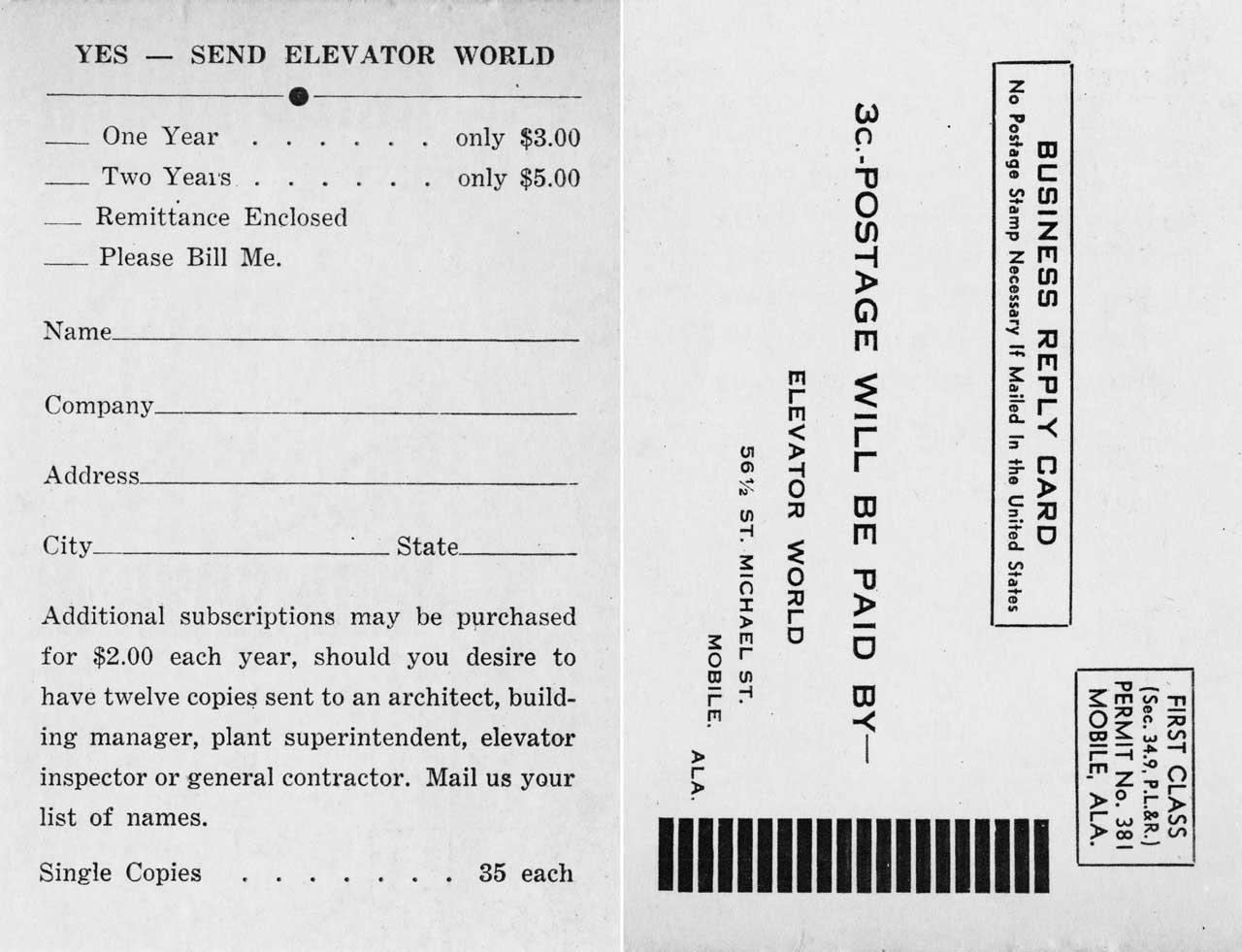
References
[1] A first-hand account of the magazine’s founding may be found in William C. Sturgeon’s book: “More Ups Than Downs: A Memoir” (Elevator World: 2012).
[2] William C. Sturgeon, “History of the National Association of Elevator Contractors 1950-1981,” Elevator World (1982).
[3] Readers are encouraged to review the entire collection of these writings, which may be found in William C. Sturgeon, “Speaking of Issues: 45 Years of editorializing for the elevator-escalator industry,” Elevator World (2012).
[4] “N.A.E.C. Holds Annual Meeting in St. Louis” (EW January 1953) and “NAEC meeting in Louisville“ (EW November 1953).
[5] “Proposed American Standard Elevator Code Revision – Inclined Power Passenger Lifts” (EW, March 1953), “Proposed American Standard Elevator Code Revision – Private Residence Elevators” (EW, April 1953), “Proposed American Standard Elevator Code Revision – Private Residence Elevator, continued” (EW, May 1953) and “Errata American Standard Safety Code for Private Residence Elevators” (EW, November 1953).
[6] “Take a Look at Your Freight Elevators,” reprinted from Modern Materials Handling (EW, May 1953), Stanley M. Rowe, Jr., “How to Abolish Stairs,” reprinted from House Beautiful (EW, August 1953), Walter C. Richards, “Are Wire Rope Slings Your Problem?” reprinted from Modern Materials Handling (EW, August 1953), and F.A. Annett. “Get To Know Moving Stairs Before They Catch Up With You,” reprinted from Power, April 1953 (EW, December 1953).
[7] “Another ‘Assist’ for Operatorless Elevators With Invention of Caution Lights” (EW, August 1953) and “Auto Parking, by Charles Lerch & Associates” (EW, December 1953)
[8] William C. Sturgeon, “A Dollar Stretched Up in The Good Old Days” (EW, December 1953).
[9] William C. Sturgeon, “Shots & Stops” (EW, June 1953).
[10] William C. Sturgeon, Speaking of Issues (EW, July 1953).
[11] William C. Sturgeon, response to a letter-to-the-editor (EW, December 1953).
[12] William C. Sturgeon, response to a letter-to-the-editor (EW, April 1953).
Get more of Elevator World. Sign up for our free e-newsletter.








